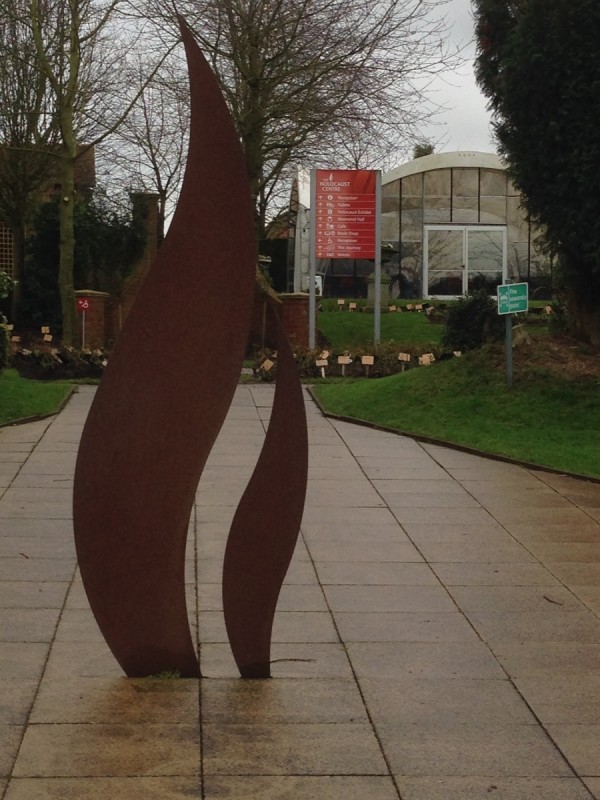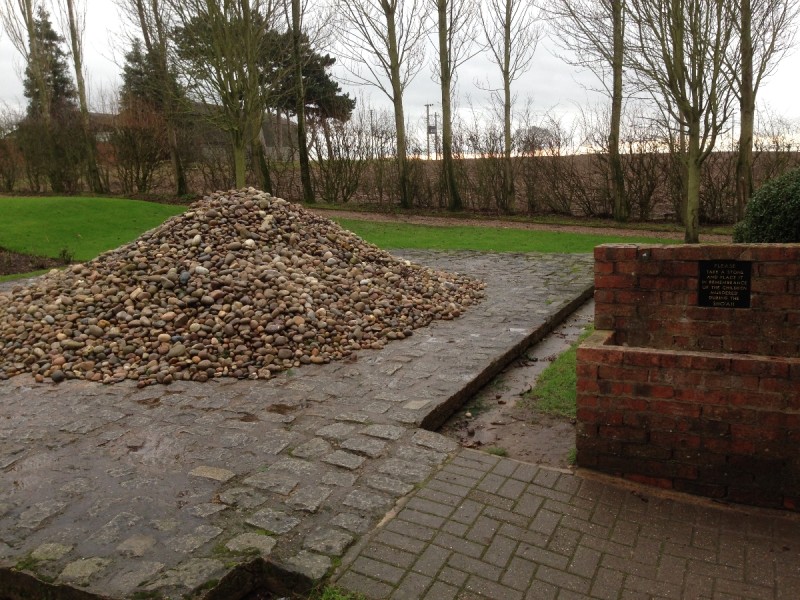
Beth Shalom Holocaust Museum
I’ve often said that history surrounds us in England, and in the part of the country that I live in, Nottinghamshire, we have more than our fair share. The third ‘arm’ of my hobby is the study of history and if I’m not modelling, painting or wargaming, then a visit to an historic site can be a very pleasant way of spending a day. I was vaguely aware that there was a museum devoted to the Holocaust in Newark but had never actually seen a sign post and it wasn’t really on my on my radar as a place to visit.
However, with Holocaust Memorial Day being held on 27th January, I thought it would be an appropriate time to visit. The museum is actually situated outside of Newark, near the Village of Laxton, a beautiful setting for the memorial gardens and the museum itself. The museum was founded by two brothers, James and Stephen Smith, following a 1991 visit to Israel. They felt that such a momentous event, the Holocaust, should be marked and remembered in Europe as well as in Israel, and so, with their Mothers help, built the museum. The story of the museum is far better told and understood by visiting the museum web site here:
The museum focuses on educating young people on the causes and history of the Holocaust and does so very effectively by following the journey of one young refugee, Leo, as he is forced to leave his home in Germany. His story is supported by the testimony of survivors of the Holocaust, each person, contributing their memories of their experiences. A truly powerful and thought provoking process, as you see how Leo is ostracised from his friends at school and his parents frightened and intimidated to the point where they have no choice but to try and save one of their children by sending him to England.

Memorial to the lost children of the Holocaust
There is a second Gallery in the Museum which then takes you through the grim reality of the rise of the Nazis’s in Germany and the creation of the death camps. This gallery is perhaps not so child friendly but a powerful reminder of the horror that unfolded in a Europe at war.
I cannot say that the visit was an uplifting experience for me, although I have nothing but admiration for the survivors and their courage. That said, I have never left a Museum in such a pensive mood. It is a powerful place to make you consider your own attitudes to both history and the current issues that face us. If you are able to, I would thoroughly recommend that you visit.
